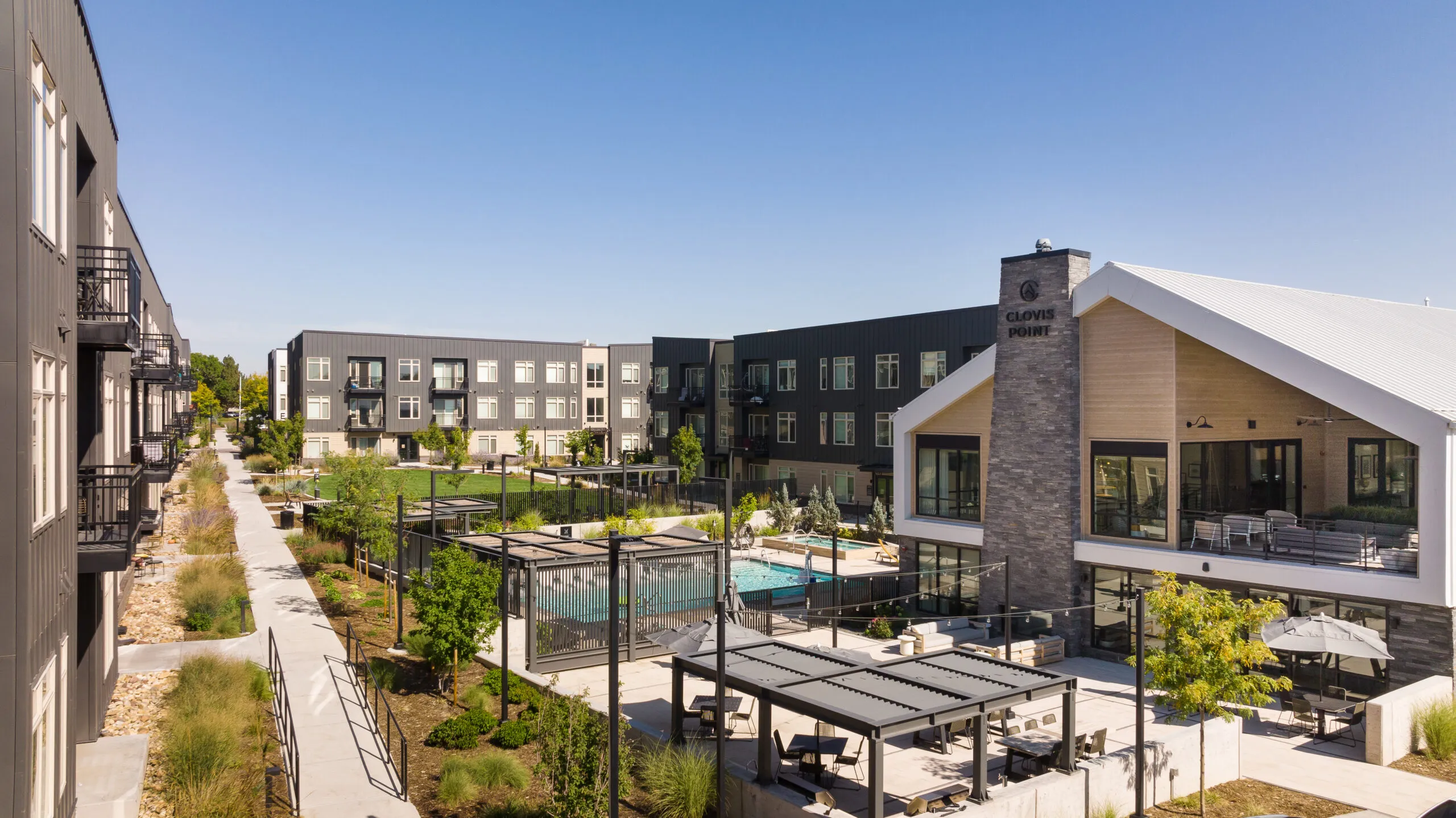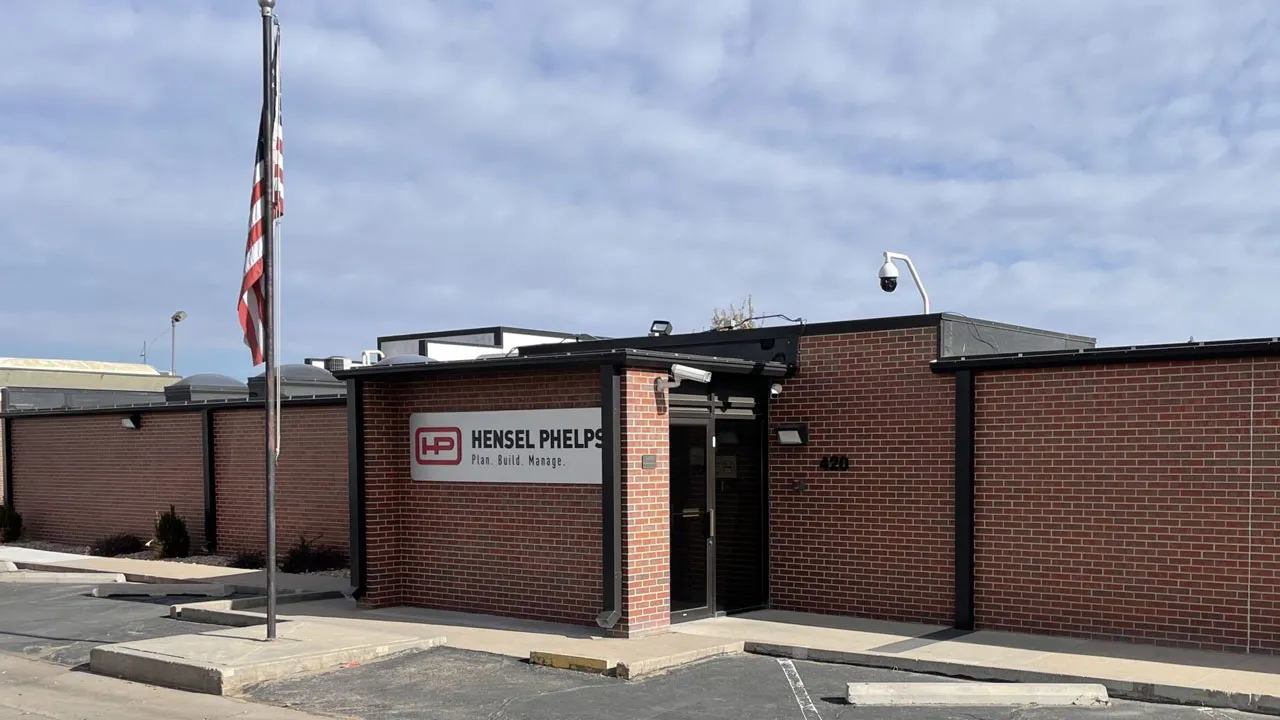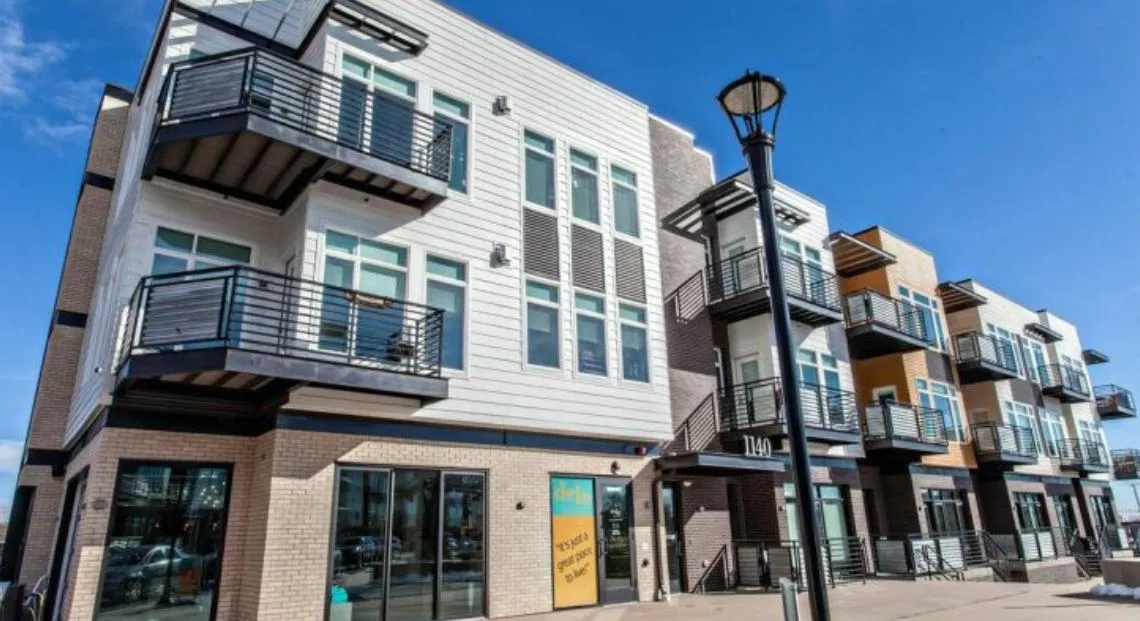U.S. 34 emerges as vital economic artery in heart of NoCo

If Interstate 25, connecting Fort Collins in the north to the Denver metro area in the south, is Northern Colorado’s transportation backbone, then perhaps an apt bodily comparison for U.S. Highway 34 is to the region’s shoulder blades, making the east-west link between Loveland and Greeley.
This metaphorical Northern Colorado transit skeleton has been putting in extra upper body pumps at the gym, steadily building muscle on its shoulders and outstretched arms.
The U.S. 34 corridor, particularly at its nexus with I-25, has seen an economic growth spurt in recent years with a handful of developers building dozens of new shops and…
THIS ARTICLE IS FOR SUBSCRIBERS ONLY
Continue reading for less than $3 per week!
Get a month of award-winning local business news, trends and insights
Access award-winning content today!





